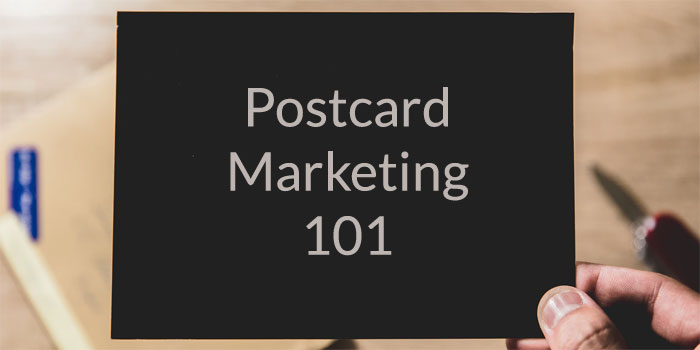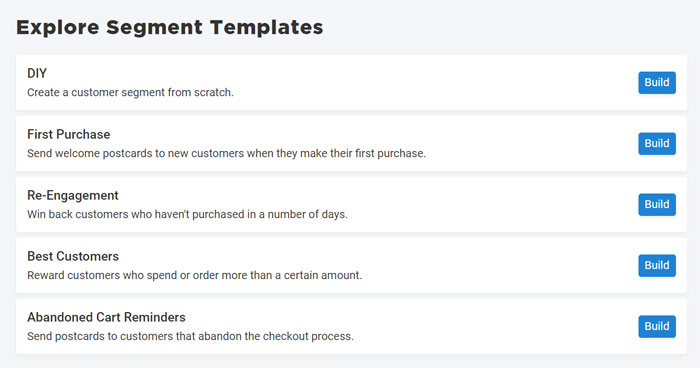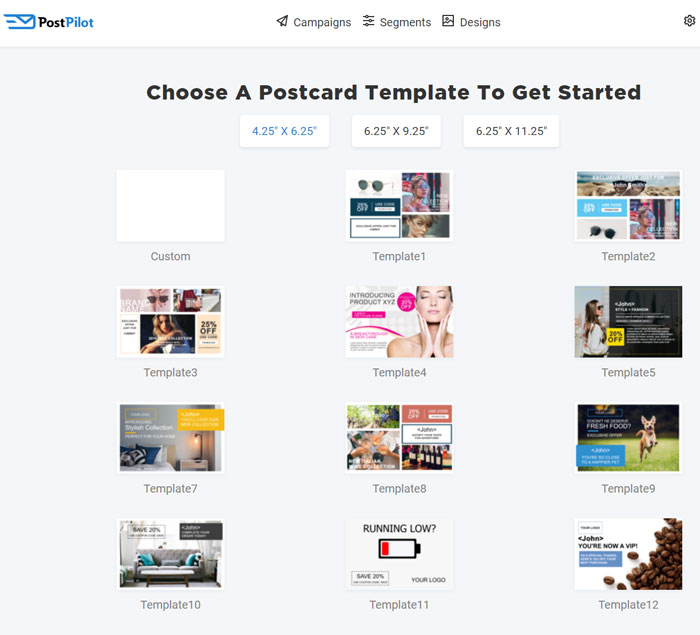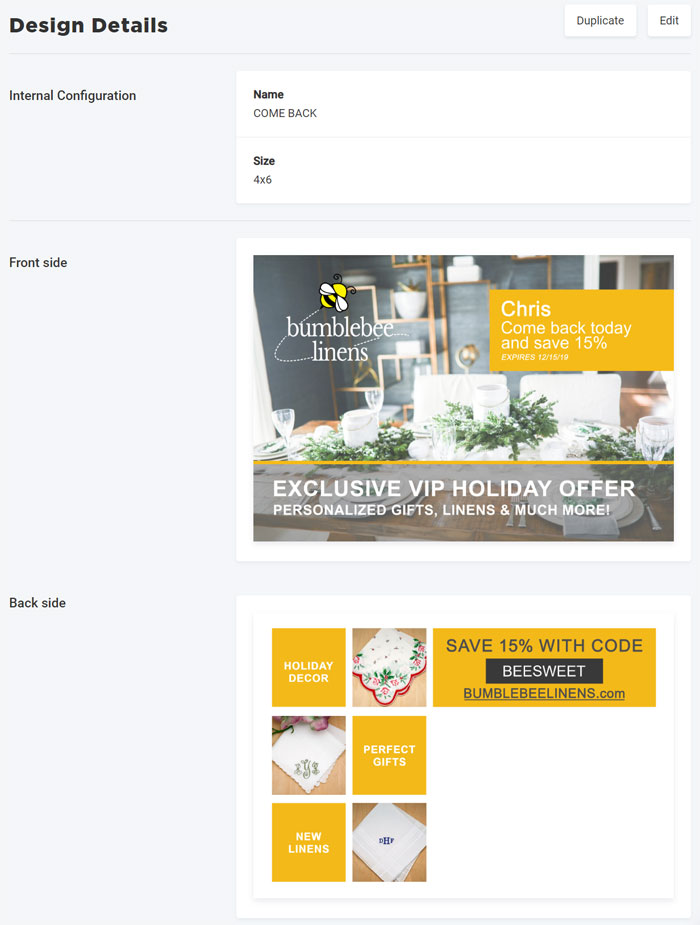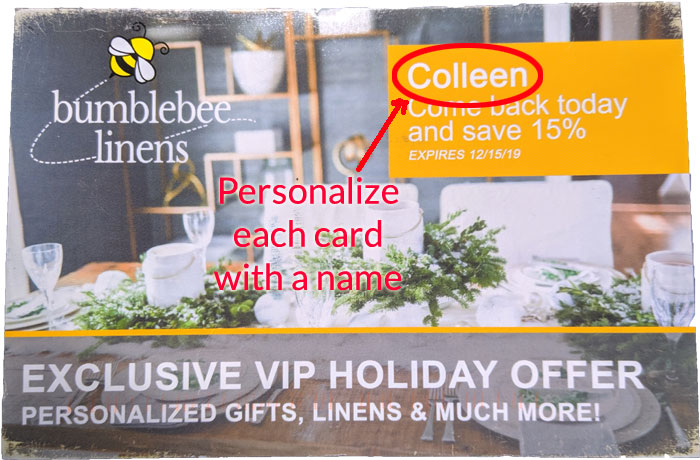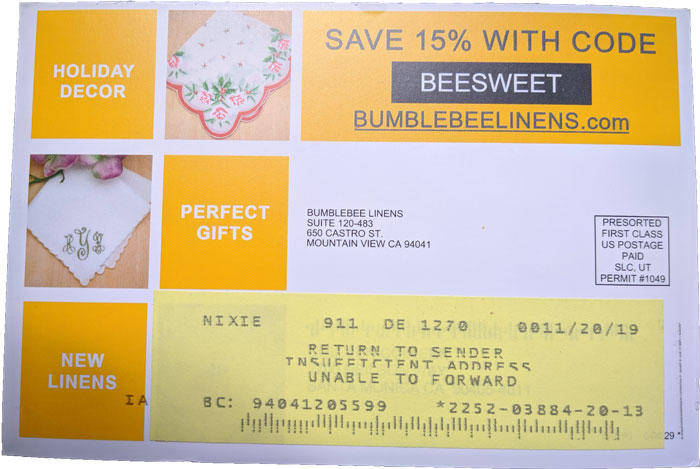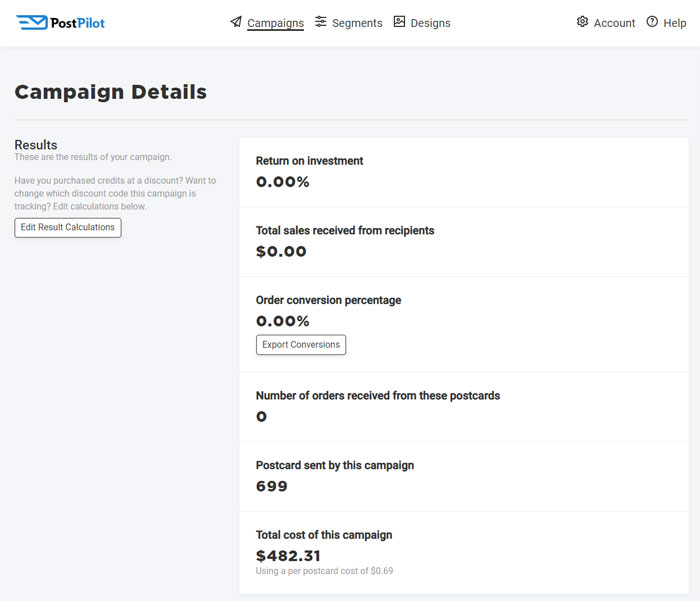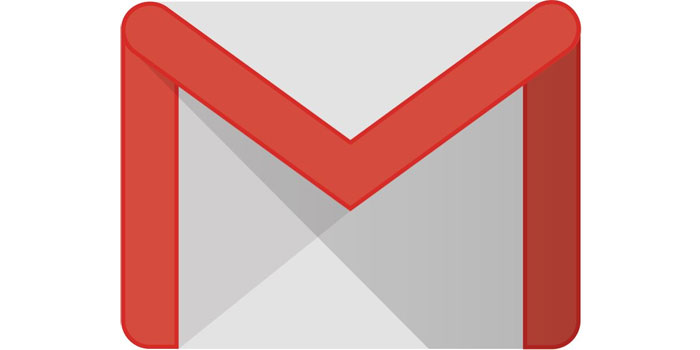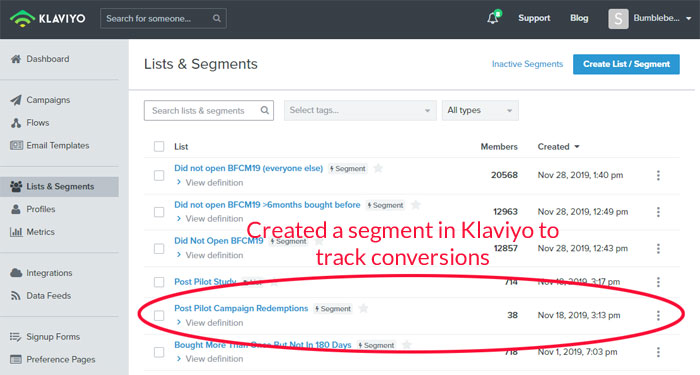Does postcard marketing work? Can direct mail generate sales at a positive ROI? I recently conducted a case study with my own ecommerce store that answers both of these questions.
First off, I want to start out by saying that prior to this experiment, I was a huge postcard marketing skeptic. Whenever I receive promotional postcards in the mail, they always go straight into the trash.
But I decided to try postcard marketing for 2 reasons.
One, my friend Dana Jaunzemis has had success with her direct mail campaigns. And two, my buddy Drew Sanocki convinced me that trying a different marketing strategy would make a great content piece for the blog.
Anyway, I had some extra time last month so I decided to give direct mail campaigns a shot with my online store over at Bumblebee Linens.
Here are the results of my postcard marketing campaign.
Editor’s Note: My wife is currently reading over my shoulder as I’m writing this post and politely reminded me that I recently redeemed a postcard offer for a free cheeseburger at The Counter. So I clearly don’t throw away “ALL” of my postcards.
Get My Free Mini Course On How To Start A Successful Ecommerce Store
If you are interested in starting an ecommerce business, I put together a comprehensive package of resources that will help you launch your own online store from complete scratch. Be sure to grab it before you leave!
What Is Postcard Marketing?
Postcard marketing is where you physically mail your customer a postcard or a promotional letter with a coupon, giveaway or announcement.
Basically, you are using snail mail to deliver a marketing message to your customer!
It’s old school and it takes several days, but big brands have been sending out physical mailers since the 1800’s.
Now sending out a bunch of postcards can be a tedious process depending on how you go about it. And for me, I initially thought that I had to print my own cards, apply postage and manually send out each piece.
But today, direct mail services like PostPilot allow you to instantly import your customer list from Shopify or Klaviyo and send out thousands of postcards at the push of a button.
In addition, the entire process can be 100% automated so you don’t have to lift a finger or set foot in a post office.
Postcard Marketing – Some Mindblowing Statistics
Before I spend time (and money) on any new marketing strategy, I always do my due diligence. And I was shocked by some of the postcard marketing statistics that I uncovered online.
According to the CMO Council, the average response rate for existing customers with a direct mail campaign is 3.4%.
When I asked PostPilot directly for their customer statistics, they told me that the average conversion rate for their customers is between 2-5%.
2-5% is actually surprisingly good!
Here are some other direct mail stats that I dug up on the web. According to TheDMA.org, direct mail has…
- Up to a 8.5X higher response rate than email and paid search
- Up to a 13X higher response rate than social media
- Up to a 26X higher response rate than display advertising
Not only that but 86% of consumers take the time to read through all of their mail and the typical direct mail marketing campaign results in a 13X return on ad spend. (I was very skeptical of this number)
Postpilot claims a typical ROI of between 400-700%.
There are also many intangible benefits of postcard marketing for your business well. According to Forbes…
- Brand awareness for direct mail and postcard marketing is up to 70% greater than digital marketing
- Over 60% of people are more inclined to visit a website after receiving a postcard
- 57% of respondents say that postcard marketing makes them feel more valued as a customer
- 79% of customers act on a direct mailer immediately vs 45% for email marketing
But statistics are just statistics and your mileage will vary. So I decided to put postcard marketing to the test on my own shop.
How To Choose Your Postcard Marketing Audience
First off compared to email, postcard marketing isn’t exactly cheap. When you send out an email campaign, it’s essentially free. But a postcard marketing campaign will run you between $.69 and $.89 per piece depending on volume.
As a result, you have to choose your segments very carefully.
In my experience with email marketing and PPC advertising, the most effective ad campaigns target your warm or existing customers.
As a result, I narrowed down my test audience to the following recipients
- Anyone who abandoned their cart and received my 3 email sequence but did not convert
- Anyone who purchased more than once but had not made a purchase in 2 months
- Anyone who purchased only once but never again
Now my online store is a little different from a typical ecommerce shop in that the majority of my customers are one and done wedding customers.
Even though the divorce rate is pretty high in the US:), our repeat customer rate hovers at between 12-15%. However, the repeat customers that we do have make up 36% of our revenues.
As a result, our repeat customers are the lifeblood of our business and customer retention is crucial.
Anyway, after a back and forth discussion with Drew and his right hand man Michael Epstein, I ultimately decided to send postcards to customers who had purchased more than once (within 6 months) but hadn’t purchased in over 60 days.
In the end, I eliminated the other 2 audiences because it didn’t make sense to send postcards to customers who’d only purchased once in case they were wedding folks.
In addition, I didn’t have a high enough volume of abandoned cart customers to create a good case study.
All told, I ended up with 714 people on my direct mailing list.
How To Set Up Your Postcard Marketing Campaign
For this case study, I decided to use the popular direct mail and postcard marketing tool PostPilot.
Here’s why I decided to go with Postpilot
- You can link PostPilot directly to your Shopify store and instantly create a segment of users in one click
- You can get ROI statistics instantly from your PostPilot dashboard
- You can quickly design a great looking postcard with their web based card designer
- It’s not that expensive and there’s no minimum spend
If you want to give PostPilot a try, you can get a 15% discount by clicking on the link below and using coupon code MYWIFEQUIT15.
Click Here To Try PostPilot And Save 15%
Step 1: Create A Segment Of Customers
The first step is to create a segment. As mentioned above, you can create any arbitrary audience based on customer data from your Shopify store at the click of a button.
PostPilot provides you with a choice of templates or you can create your own.
If your audience is a little more involved like mine, you can use the custom segment builder which looks like this…
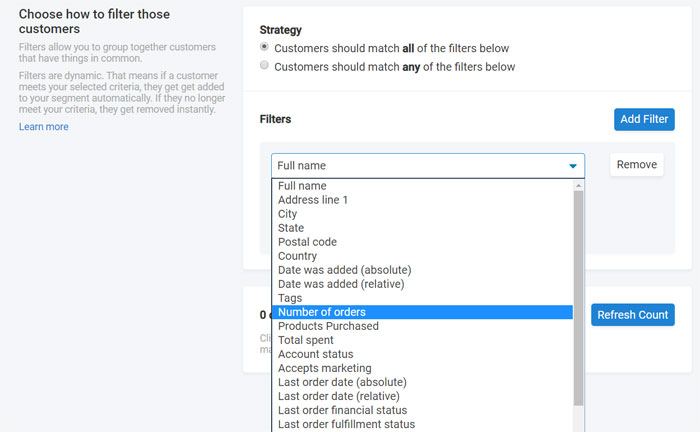
For my specific case, I opted to create a segment in Klaviyo for repeat purchasers who hadn’t bought in the last 60 days and simply uploaded the list in CSV format to PostPilot.
Ultimately, you should do whatever is more convenient for you but PostPilot provides push button access to the most commonly used postcard marketing audiences.
Step 2: Create Your Postcard Design
Designing your postcard is the easy part. First off, you have to choose your postcard size and Postpilot offers 3 different sizes
- 4.25″ X 6.25″
- 6.25″ X 9.25″
- 6.25″X 11.25″
Now when it comes to postcard marketing, bigger is usually better to catch the eye of your audience. But for the purposes of this experiment, I chose the 4 X 6 size mainly because it was the cheapest:)
In terms of design, Postpilot provides a bunch of templates for you to choose from as shown below.
Overall, the templates provide you with boxes that you can replace with your own images and verbiage.
For Bumblebee Linens, I chose a very simple layout and decided to offer a 15% coupon.
Overall, the design process is simple and straightforward and you can have your card designed in about 15 minutes if you have your images prepared ahead of time.
Here is what the finished product looks like in real life. I had a postcard sent to my house to examine one for quality. In addition, several postcards were sent back because some addresses were undeliverable.
The quality of the printing was excellent and the postcard had a good thickness to it. In addition, I thought it was cool that every card was personalized with the recipients first name.
Going forward, I would consider using a larger card because 4X6 ended up being smaller than I’d envisioned.
Step 3: Send Out The Campaign
Once everything is set up, all you have to do is hit go and wait for the sales to come in.
Here’s what the PostPilot dashboard looks like after you start your campaign.
If you are on Shopify or another supported shopping cart, your statistics will automatically populate here as conversions come in.
Because I’m not on Shopify, I had to gather my own results.
Even though PostPilot has an API and I technically could have transmitted my results electronically, I didn’t think it was worth the effort for this case study.
However, it’s important to note that PostPilot supports post card marketing REGARDLESS of what platform you are on. Going forward, they will provide push button integration with every major ecommerce shopping cart.
Step 4: Prepare A Postcard Marketing Follow Up Campaign
The list of recipients for my postcard marketing campaign had not made a purchase from my shop in over 60 days despite receiving at least 8 emails since their last purchase.
Clearly, email marketing hasn’t been effective but does that mean I should stop emailing them now that I sent out my postcard campaign? Heck no!
Any seasoned marketer knows that the more touch points the better and you have to hammer your customers across as many channels as possible.
As a result, even though my postcard marketing campaign went out on November 12, I didn’t just sit back and wait.
Instead, I decided to bombard my postcard recipients with a vicious onslaught of correspondence across all channels including email, Facebook Messenger and push notifications:)
Repetition works.
In terms of timing, I received roughly 5 redemptions starting November 18. Then, more sales started trickling in gradually over the next 3 weeks.
The Results Of My Postcard Marketing Experiment
Before I reveal my results, here’s a quick summary of the entire experiment.
- 714 people were on my recipient list
- 699 postcards were created and sent as PostPilot rejected 15 of the addresses
- 7 postcards were sent back to me marked as undeliverable
- The campaign was processed on November 12
- The expected delivery date was November 20 (The actual arrival date was November 18ish)
- Total cost was $482.31
I tracked all sales in Klaviyo by creating a static list of respondents and a segment of redemptions.
Now what’s funny is that I completely forgot to create a coupon code for this campaign and people started receiving their postcards well before the November 20 expected delivery date.
So the first time I realized that the campaign went out was when someone called to complain that the coupon didn’t work:)
After I promptly fixed the code, conversions started rolling in. Today’s date is December 14, so I allowed for about 24 days for customers to redeem their coupons.
All told, here are the final statistics
- 699 postcards were sent out
- 38 people who received postcards made a purchase after November 12
- Total revenue was $7947.02
- Total ROI was 16.47X
- The overall conversion rate was 5.43%
These numbers FAR EXCEEDED my expectations! However, I noticed one small caveat once I looked closer at the numbers.
1 of the 38 converted customers made a gigantic purchase of $5005 which skewed the ROI numbers. But who knows? If that person did not receive a postcard, perhaps they would not have ordered.
The other factor that may have affected the results is that I ran this experiment during the holiday season and our busiest time of year. If this case study was conducted during a different time, it may not have worked as well but who knows?
Even if we remove this 1 anomalous conversion, the ROI still stands at 6.09X which is pretty good!
I’m now a believer in this old school form of marketing!
If you want to give PostPilot a try, you can get a 15% discount by clicking on the link below and using coupon code MYWIFEQUIT15.
Click Here To Try PostPilot And Save 15%
Postcard Marketing Best Practices
After this case study opened my eyes, I immediately started doing more research on direct mail marketing. After all, this campaign was thrown together relatively quickly and I made a few mistakes.
Here are some things that I will try in my next campaign.
Use Brighter Colors On The Card
My first card design was a little dull. To make your card stand out more, you should use bright vibrant colors to catch your customer’s eye.
Bumblebee Linens’ colors just happen to be bright yellow, so my card didn’t end up being bad but it could have been bolder.
Include Your URL On Both Sides Of The Card
Looking back, I completely forgot to put the URL of my site on the front side of the card. Given that the majority of repeat customers for our store are over the age of 55, this may have cost me a few sales.
Include Your Phone Number On The Card
Some stores like to discourage phone calls but we receive a significant number of orders over the phone. In fact, our phone conversion rate is almost 100% whenever anyone calls with a question.
Include A Bigger Offer
We typically don’t offer large discounts in our store so 15% is actually a big deal. But going forward, I want to try running a product giveaway or a free plus shipping offer to customers who have not bought yet to get people to make their first purchase.
Automate The Process
Postpilot allows you to automatically send out postcards to abandoned cart users or people who haven’t purchased within a set duration.
Ideally, future postcards should be sent out on an ongoing basis because it converts so well. You can also automatically send out special loyalty promotions to your best customers.
Try A Larger Card Size
I ran my experiment with the smallest postcard size. But in real life, a 4×6 card is a bit small compared to other pieces of mail a customer might receive. As a result, your campaign can be improved with a larger card.
Click Here To Try PostPilot And Save 15% With Coupon:MYWIFEQUIT15
Conclusion
If you’ve learned anything from this post, it’s that you should keep an open mind when it comes to running your business. Even though my friend Dana repeatedly pushed me to try direct mail marketing for 2 years, I didn’t listen right away.
So if you haven’t given postcard marketing a try yet, then give it a shot now. If you’re still skeptical after reading this post, then start with a campaign for repeat purchasers only.
Then, once you gain some confidence, consider targeting customers who haven’t purchased yet just like you would with a typical retargeting campaign.
If my business was not wedding related, I would definitely try targeting customers who only purchased once to get them to buy again. Targeting first time purchasers is a no brainer for most shops.
If you want to give PostPilot a try, you can get a 15% discount by clicking on the link below and using coupon code MYWIFEQUIT15.
Click Here To Try PostPilot And Save 15%

Ready To Get Serious About Starting An Online Business?
If you are really considering starting your own online business, then you have to check out my free mini course on How To Create A Niche Online Store In 5 Easy Steps.
In this 6 day mini course, I reveal the steps that my wife and I took to earn 100 thousand dollars in the span of just a year. Best of all, it's free and you'll receive weekly ecommerce tips and strategies!
Related Posts In Ecommerce Marketing Strategies
- Should I Use Groupon? Don’t Be Tempted By The Dark Side
- The Top 16 Shopify Affiliate Apps For Your Online Store
- SMS Marketing – The Ultimate Guide For Online Store Owners
- A Simple Strategy To 2X Your Twitter Followers In 6 Months (Organically For Free)
- The Right Way To Use Groupon And Living Social For Your Business

Steve Chou is a highly recognized influencer in the ecommerce space and has taught thousands of students how to effectively sell physical products online over at ProfitableOnlineStore.com.
His blog, MyWifeQuitHerJob.com, has been featured in Forbes, Inc, The New York Times, Entrepreneur and MSNBC.
He's also a contributing author for BigCommerce, Klaviyo, ManyChat, Printful, Privy, CXL, Ecommerce Fuel, GlockApps, Privy, Social Media Examiner, Web Designer Depot, Sumo and other leading business publications.
In addition, he runs a popular ecommerce podcast, My Wife Quit Her Job, which is a top 25 marketing show on all of Apple Podcasts.
To stay up to date with all of the latest ecommerce trends, Steve runs a 7 figure ecommerce store, BumblebeeLinens.com, with his wife and puts on an annual ecommerce conference called The Sellers Summit.
Steve carries both a bachelors and a masters degree in electrical engineering from Stanford University. Despite majoring in electrical engineering, he spent a good portion of his graduate education studying entrepreneurship and the mechanics of running small businesses.


